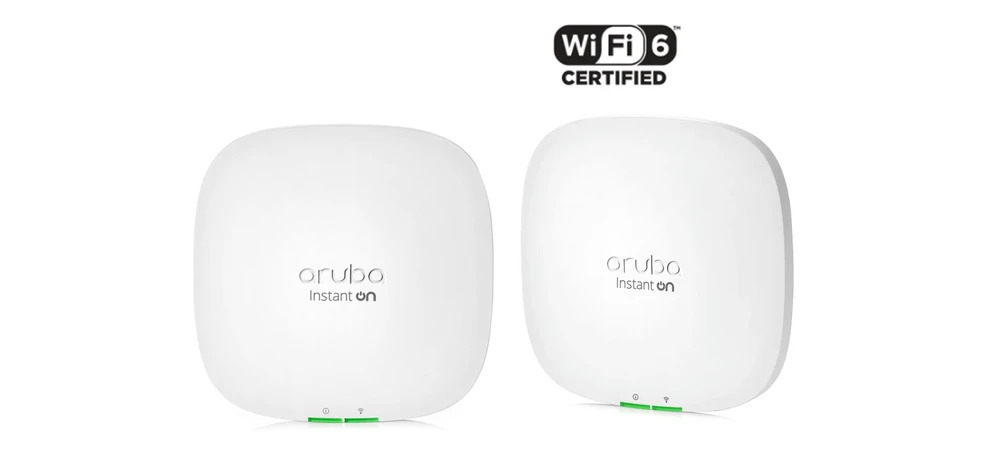Multi-User Performance
Probably the best new function in 802.11ax is
OFDMA(Orthogonal Frequency Division Multiple Access). Thanks to this function many devices with different bandwidth requirements can be operated simultaneously. In contrast to the previous model, in which the devices compete with each other in terms of data transmission. In the 802.11ax standard there is no dispute, because each device sends data in parallel.

Multiple-User Multiple Input/Multiple Output (MU MIMO)
MU-MIMO is another way to handle traffic from multiple devices, as originally introduced in 802.11ac. Whereas within the 802.11ax standard, this functionality has been enriched with the possibility of simultaneous transmission of up to 8 devices in one transmission channel. This allows for more efficient handling of large packages, such as HD video transmission. Shorter packets, e.g. from IoT devices and voice transmission (e.g. Skype) are much better supported by the OFDMA protocol.

It is also worth remembering that at the beginning of the 802.11ax system, its main task was to increase Wi-Fi performance in environments with high traffic density (e.g. large public buildings).
Huge density does not have to mean hundreds or thousands of Wi-Fi devices in a large auditorium, stadium or retail outlet. Depending on the number of devices used (and their usage), twenty or more devices can already be considered high density. However, the following should be taken into account when considering offices, classrooms or warehouses:
- types of devices and applications used, especially video
- reaction of applications to current implementations of 802.11n or 802.11ac
- number of IoT devices, those that are visible and those that are not
.
It is also worth remembering that in the past video traffic was primarily
downlink. Nowadays, however, the situation has changed a little. Well, social media applications, various platforms for audio-video connections, telemedicine and eLearning generate, first of all, very high
uplink traffic. As we all know, the audio-video stream tolerates only very small delays. Therefore, the IT department must make sure that users do not see the terrifying "buffering" message of the stream. In short, if your wireless network is based on older 802.11n or 802.11ac standards, the introduction of
802.11ax is ideal -
because it makes better use of both 2.4GHz and 5GHz frequencies.
 Click to enlarge!
Click to enlarge!
 Click to enlarge!
Click to enlarge!
 Click to enlarge!
Click to enlarge!
 Click to enlarge!
Click to enlarge!
 Click to enlarge!
Click to enlarge!
 Click to enlarge!
Click to enlarge!
 Click to enlarge!
Click to enlarge!
 Click to enlarge!
Click to enlarge!
 Click to enlarge!
Click to enlarge!
 Click to enlarge!
Click to enlarge!
 Click to enlarge!
Click to enlarge!
 Click to enlarge!
Click to enlarge!
 Click to enlarge!
Click to enlarge!
 Click to enlarge!
Click to enlarge!
 Click to enlarge!
Click to enlarge!
 Click to enlarge!
Click to enlarge!
 Click to enlarge!
Click to enlarge!